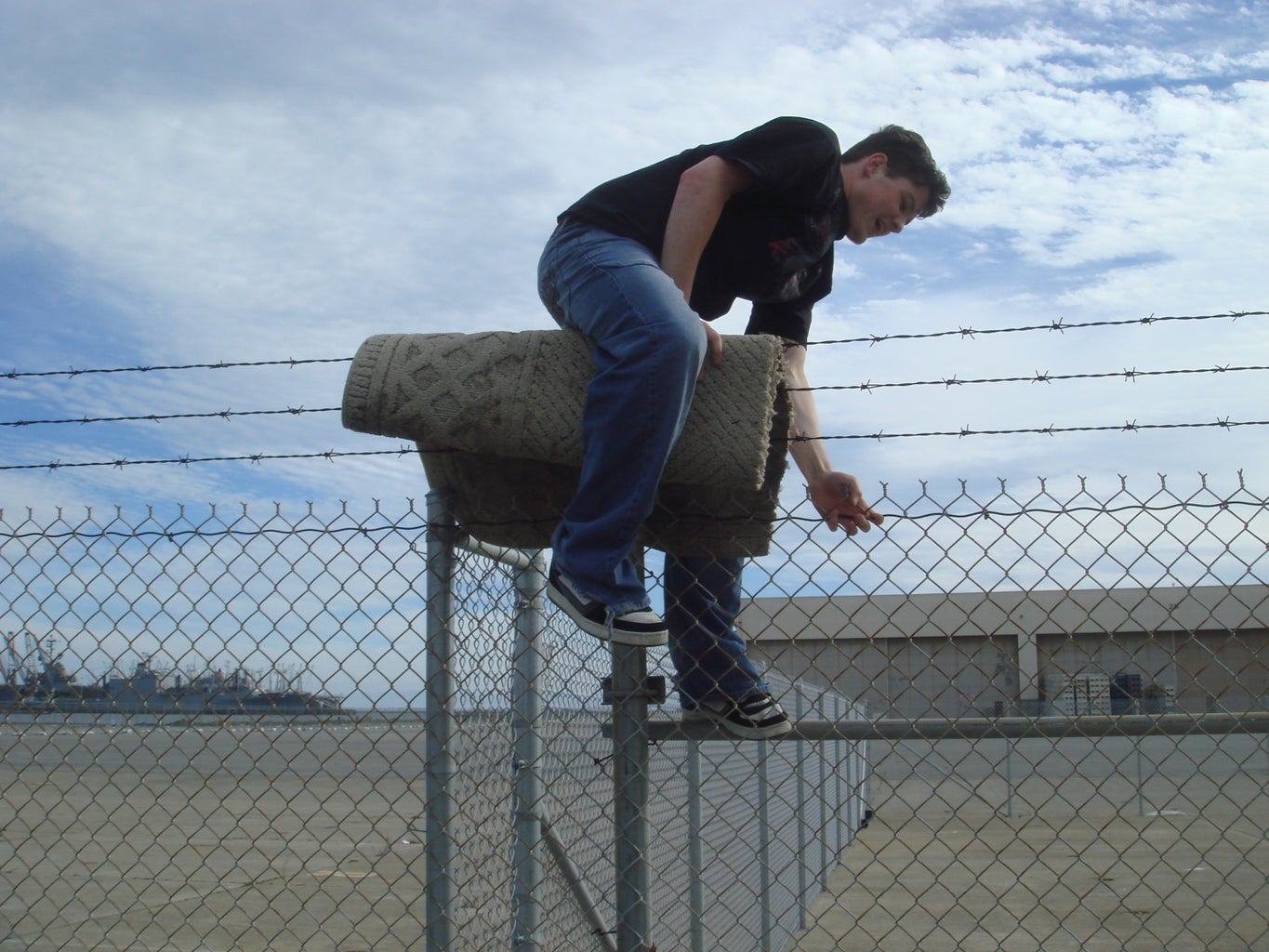Last pics from Friday's walk found me here, so pics are from June 10th, 2022:
We'll look at the entire site, but with a bit of focus on the mature trees.
View attachment 406936
In the pic above, the trees to the left and centre-left are indeed Chinese Elm, and it does look like they have Dutch Elm to me. Difficult to assess the overall state of those trees, but they will definitely look a bit rough this year.
The furthest tree (barely visible, against York St. is a Silver Maple)
The tree on the right is the one that will be on the Island in the water feature, the Northern Catalpa.
***
Below a closer look at the Catalpa:
View attachment 406934
Now a better look at the Chinese Elm:
View attachment 406933
In the above, you can see the one to the left is looking rather rough, but still very much alive, Dutch Elm can be deceiving, I've seen trees look this bad and fully recover; but not always.
The ones on the right seem much less affected.
****
View attachment 406932
View attachment 406930
View attachment 406929
View attachment 406928
Here we see (below) that the Catalpa is experiencing a small amount of die-back in the crown. I don't consider this something to be too worried about at this point, the tree looks pretty healthy over all;
could be an isolated injury to a branch, or just the stress of the construction, but should recover just fine.
View attachment 406927
View attachment 406926
View attachment 406923

